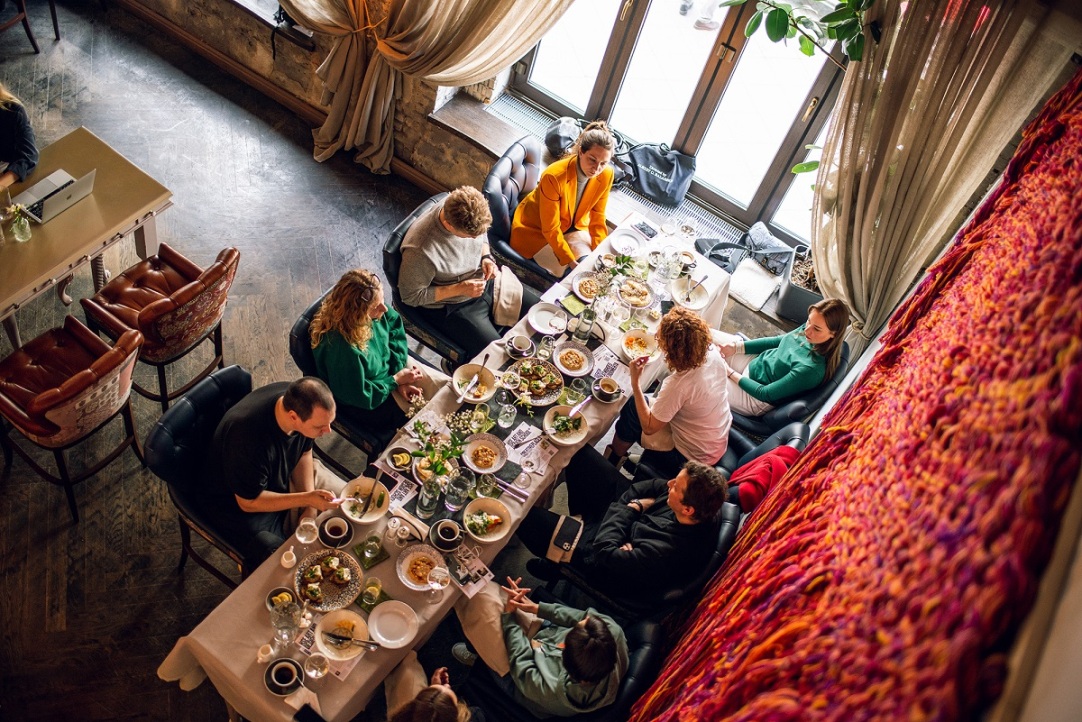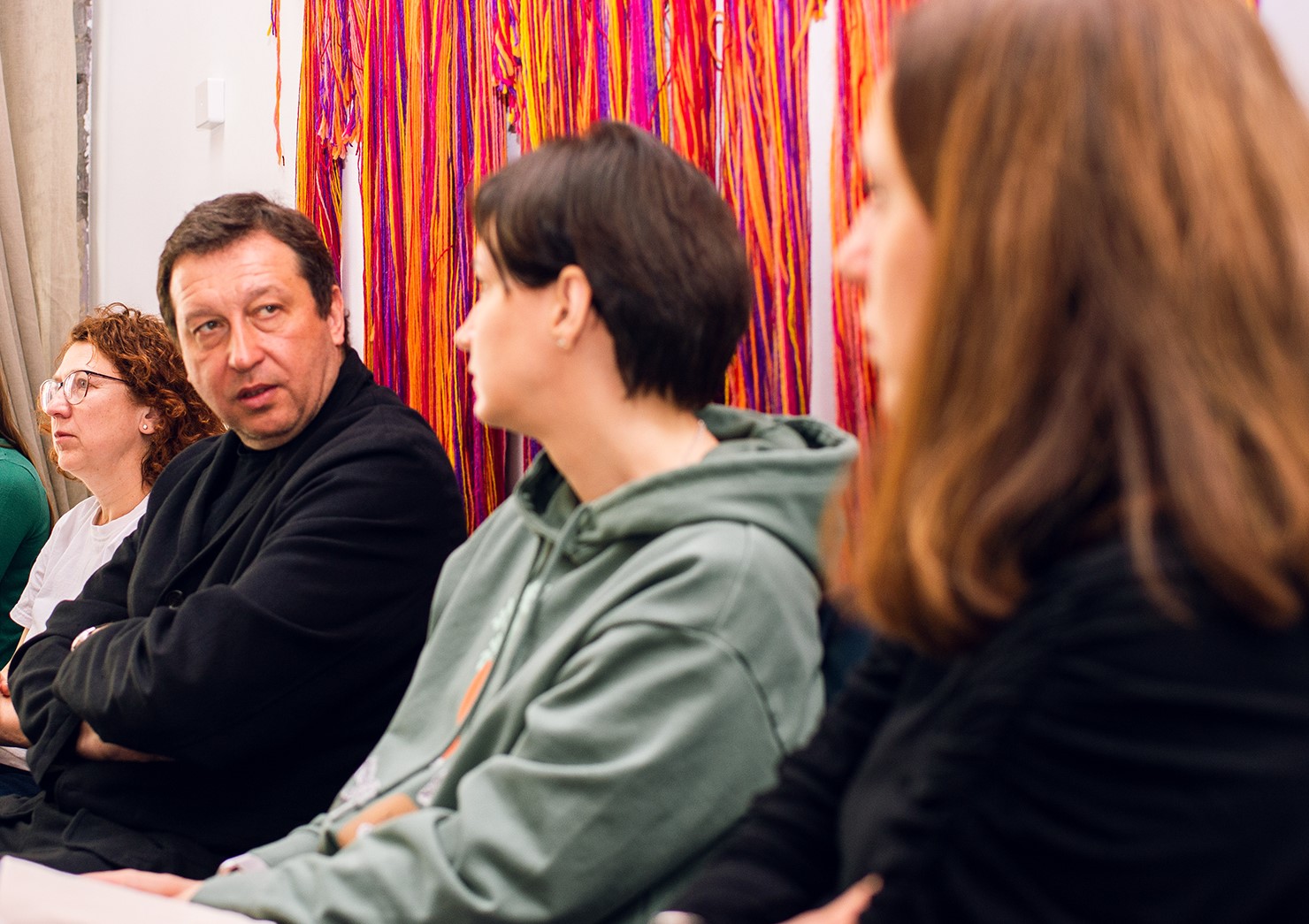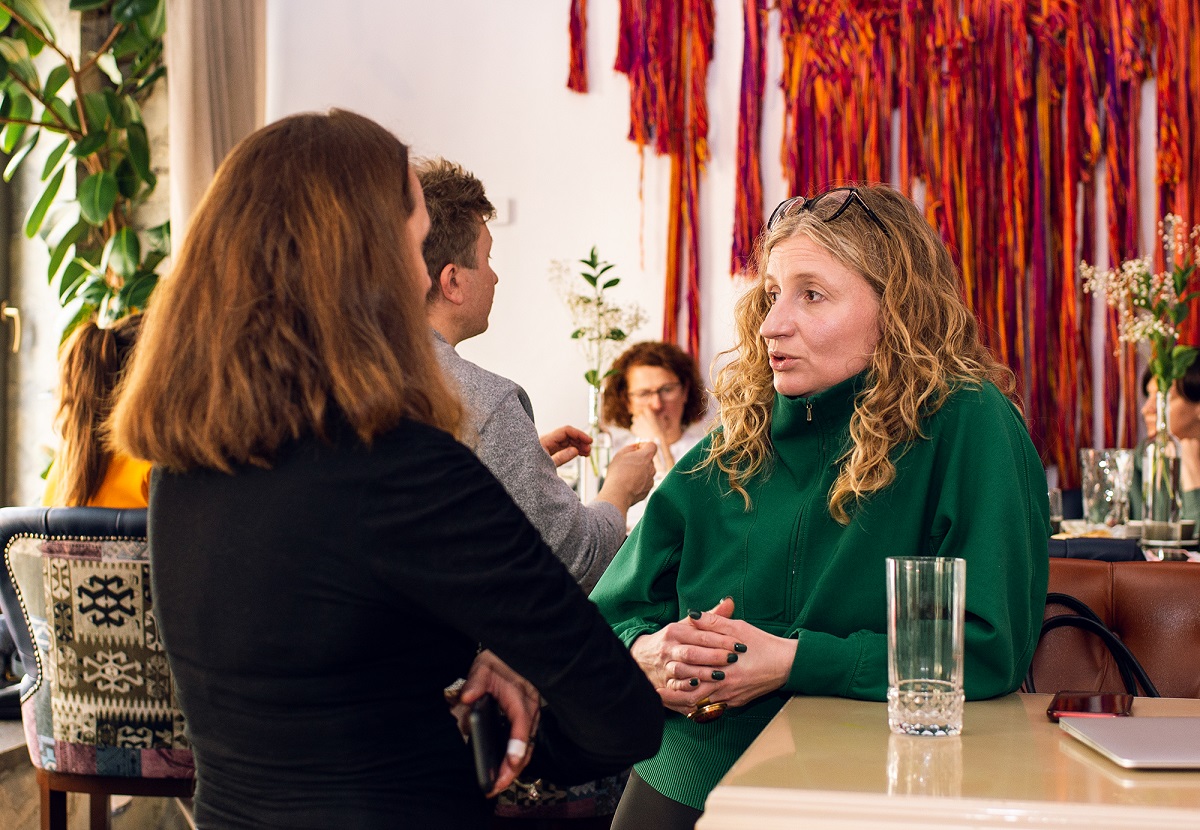Creative City of HSE Art and Design School to Become a Meeting Point for Young Specialists and Customers

On March 27, the HSE Art and Design School organised a press breakfast. The meeting was focused on the creation of new strategies for the development of territorial branding in Moscow and other Russian cities. At the meeting, the participants discussed how to popularise creative industries today in order to create new interesting design projects in Russian regions and involve more specialists in this process, especially young and prospective ones.
At the event, the organisers presented Creative City, a new digital platform developed by the HSE Art and Design School and aimed at developing the creative potential of territories and institutions. The results of the development of a creative cluster were also presented.
The following experts took part in the discussion: Arseniy Meshcheryakov, Head of the HSE Art and Design School, Tatiana Rivchun, Deputy Dean of the Faculty of Creative Industries, Oleg Goncharov, Supervisor of the ‘Territorial Branding and Urban Environment Design’ track at the HSE Art and Design School, Natalia Logutova, Head of the HSE Design Lab, Marusya Mironova, Deputy Director of Forbes Education Russia, and Ksenia Lamshina, Head of Radio Kultura.
‘The idea is to take students studying at universities and working on design projects and put them in the context of real tasks specific to a local place,’ says Arseniy Meshcheryakov.

The platform is designed for HSE students and graduates, as well as specialists who have not studied at HSE, to carry out projects on the design of their hometown. They can participate and publish their work in a remote format. This will allow professional designers from all over Russia to be noticed, and their projects will have an opportunity to be implemented.
Ksenia Lamshina adds that the platform may be especially useful for those who already study in their hometown and do not plan to move to Moscow. ‘For example, there is an urban-type settlement with great creative potential—young people who want to do something for their town. The platform will help them unite as a driving force and implement their initiative,’ says Ksenia Lamshina. Arseniy Meshcheryakov also supported her ideas: ‘The main goal of our meeting is to popularise the Creative City,’ he said.

‘Today the demand for the development of territories is high,’ says Oleg Goncharov. ‘Over the past 10–15 years, the industry has got engaged in art, design, media, and the development of territories, which is a fairly conservative process. It is associated with such large-scale processes as development, construction and much more.’ The ‘Creative City’ will make it possible to change regions for the better by bringing more colour and creativity to them, notes Oleg Goncharov.
At the moment, about 170,000 projects have already been uploaded to the digital portfolio. Participants can link their works to a specific location (streets, shops, houses, squares, etc) using dedicated tags. ‘Students tag a certain place in the project, such as a restaurant, and offer their own design solution for it. Thus, the ‘Creative City’ can become a place for students to meet with future customers,’ explains Arseniy Meshcheryakov.

Tatiana Rivchun added that both real and fantasy projects can be uploaded to the platform. ‘Specialists can create a design or an installation and photograph their work in a specific place,’ she said. ‘They can simulate it in the digital space only. This platform is the main place where everyone meets.’
The press breakfast was held at the Beer&Brut gastropub, a partner of the HSE Art and Design School. It is currently exhibiting the work of Alexandra Zamurueva, 2nd-year student of the ‘Contemporary Art’ programme.

